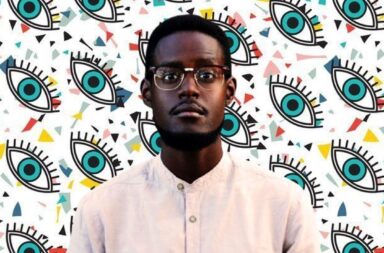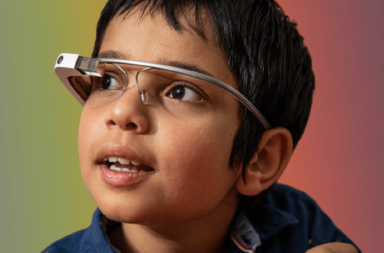If you were asked: ‘what movie plot do you think best represents the struggles of autistic people?’, it’s unlikely that you would mention Newt Scamander’s wonderful introduction to the world, in Fantastic Beasts and Where to Find Them – I know I wouldn’t have. However, after rewatching Fantastic Beasts, in preparation for the release of the sequel this week, I wonder why I haven’t thought of it before.
Today, I wanted to start a conversation around what has made me feel this way, as well as why I believe the autistic community needs more films like Fantastic Beasts and Where to Find Them.
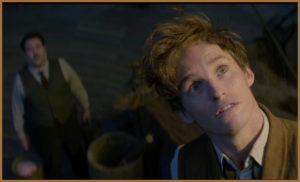
Newt Scamander is a GREAT Autistic Character
Although this is not the core reason why I believe Fantastic Beasts and Where to Find Them is the film the autistic community needs, one of the many great aspects about the film (and the soon to be series) is that its lead character: Newt Scamander, is a spectacular depiction of autism – despite not identified as such.
While I am not the first to notice this – as Newt Scamander’s autistic tendencies such as his lack of eye contact, his subdued voice and, of course, his ‘special interest’ have been pointed out and praised by many – I do believe that few people have managed to accurately capture what it is about Newt’s hidden condition that makes his potential diagnosis so worthy of praise. For example:
- If Newt Scamander is autistic, then he is undoubtedly one the first genius level autists in TV and film to be depicted as smart, beyond any of his peers, without being arrogant or condescending
- Newt is shown to struggle in social conditions – but this is not for lack of trying
- Newt’s understanding of when to and when not to follow rules isn’t steadfast, like most depictions of autism. Instead, Newt is confused by laws – something which causes him stress, especially when the rules his brain wants him so to badly follow argues with what his heart so desperately wants.
Furthermore, whilst Newt’s depiction of autistic quirks are explored in a way that demonstrates clearly how complex autism can be, these tendencies are also contextually fascinating; hinting at all too real problems which the autistic community face, e.g. How Newt’s lack of contextual awareness allows him to be used whilst studying at Hogwarts School of Witchcraft and Wizardry – something which will, hopefully, be explored further in the film’s sequel: Fantastic Beasts and The Crimes of Grindelwald.
As I said though, while Newt Scamander’s depiction of autism is no doubt outstanding, his appearance in Fantastic Beasts is merely the cherry on top of the ‘cauldron cake‘.
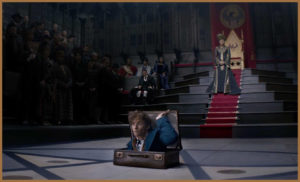
Fantastic Beasts’ Powerful Autism Message:
For me, Fantastic Beasts and Where to Find Them isn’t just a good film about magical creatures causing a ruckus in New York. It’s a narrative full of social commentary, about segregation and misunderstandings that can be interpreted as a vision of everything the autistic community should be, as well as, a warning of what it shouldn’t.
Two elements of the film which I believe best depict this are:
- The suitcase full of magical creatures bursting with potential – that are deemed as unstable due to not being understood.
- The idea that some wizards and witches will suppress their gifts, in an effort to be “normal”, and be left broken as a result.
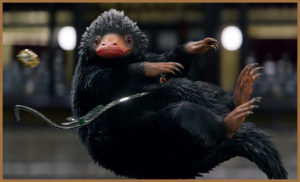
As an autistic person, it’s not uncommon for me to walk down the street feeling isolated and overwhelmed or, as Newt says: “In an alien terrain, surrounded by millions of the most vicious creatures on the planet: Humans.”, and for this same reason many autistic people may fall into the trap of autistic mimicking or trying to act “normal” to avoid standing out.
Fantastic Beasts does a brilliant job of showing the dangers of this, as the antagonist within the centre of the story is someone who has become twisted, due to having a lack of identity in both the human and wizarding worlds. This is an incredible lesson which the autistic community can learn from, as it carries a firm message that we should ‘always stay true to ourselves, or we may turn into a big destructive smoke monster’ – although I may have taken this message too literally.
Of course this could, as always, just be coincidental. But, if not, then I love the idea that something which so many autists pride as their special interest: Harry Potter, has, in turn, been used to spread a positive message which our community can also cherish. Either way, the ideas I have gained from watching Fantastic Beasts are definitely something to take with you to the sequel, or, if you are yet to watch the first film, then maybe keep these interpretations in mind – as I’m sure these thoughts will help make this already great film that bit more fantastic (pun undoubtedly intended).
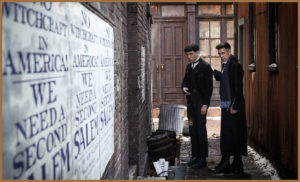
Carry on the Conversation:
On a slightly different (but no less fascinating) note, what film universe would you like to live in if you could? Let me know in the comments below and for more discussions of autistic character speculations, why not check out my article on the Winnie the Pooh Autism awareness theory?
As always, I can be found on Twitter @AutismRevised and via my email: AutisticandUnapologetic@gmail.com.
If you like what you have seen on the site today, then show your support by liking the Autistic & Unapologetic Facebook page and signing up to the Autistic & Unapologetic newsletter (found on the sidebar on laptops and underneath if you are reading this via mobile).
Thank you for reading and I will see you next Saturday for more thoughts from across the spectrum.

